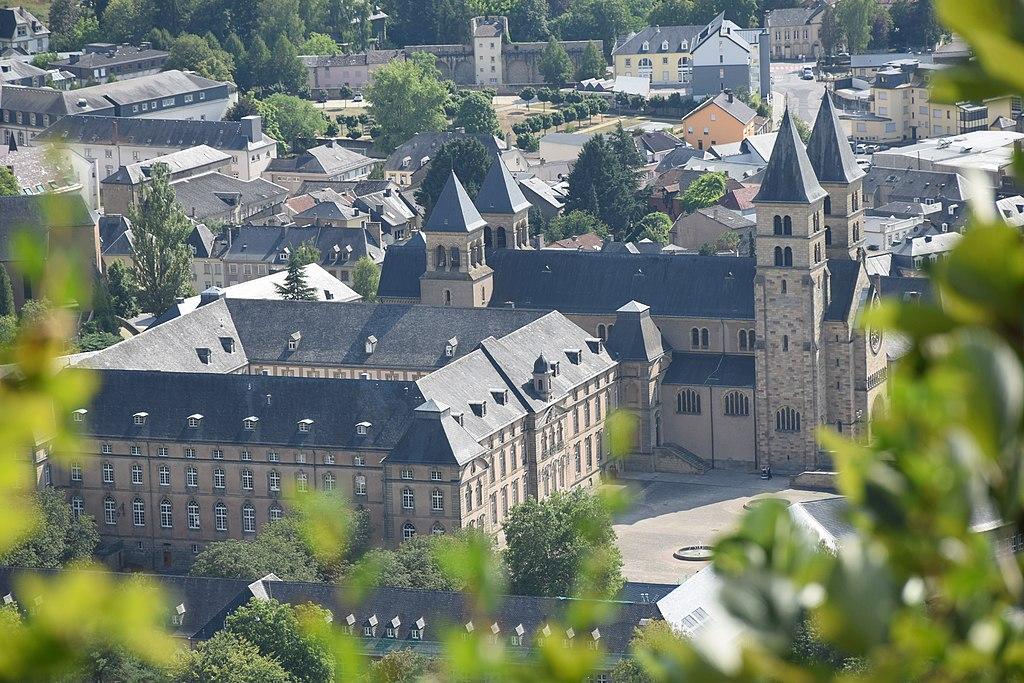Echternach Abbey and St Willibrord Church

The first church on this spot was constructed around 698, when Abbess Irmina of Oeren (Trier) made a gift of her properties in Echternach to Archbishop Willibrord, the founder of the monastery. The reconstruction from 1016 to 1031 created the Abbey Church much as it exists today. After its desecration by French Revolutionary troops, the abbey church was re-consecrated in 1868. The destruction of 1944 required lengthy reconstruction work that was only completed in 1953.
About this building
For more information on this building visit https://openchurches.eu/en/churches/saint-willibrord-echternach





